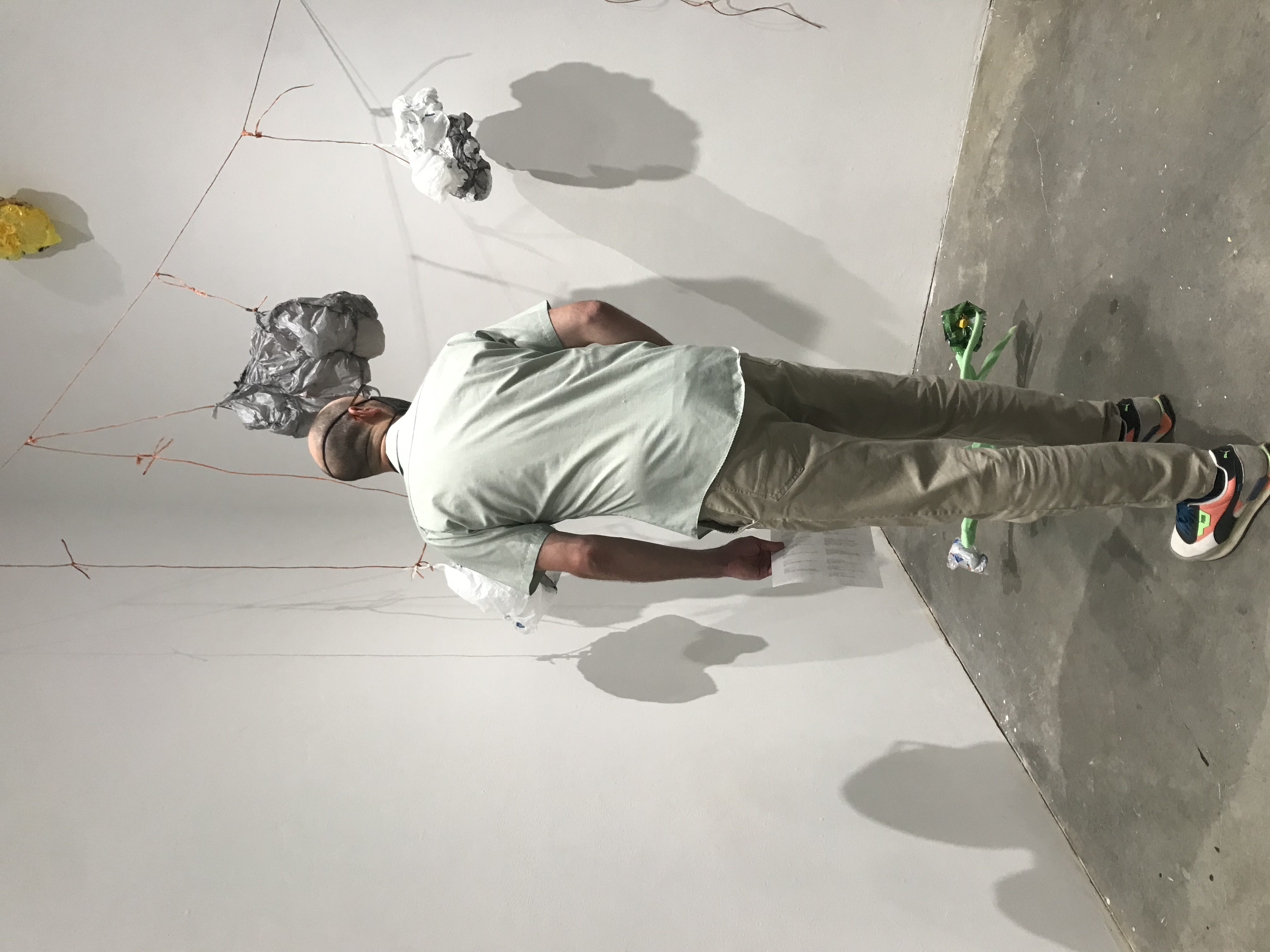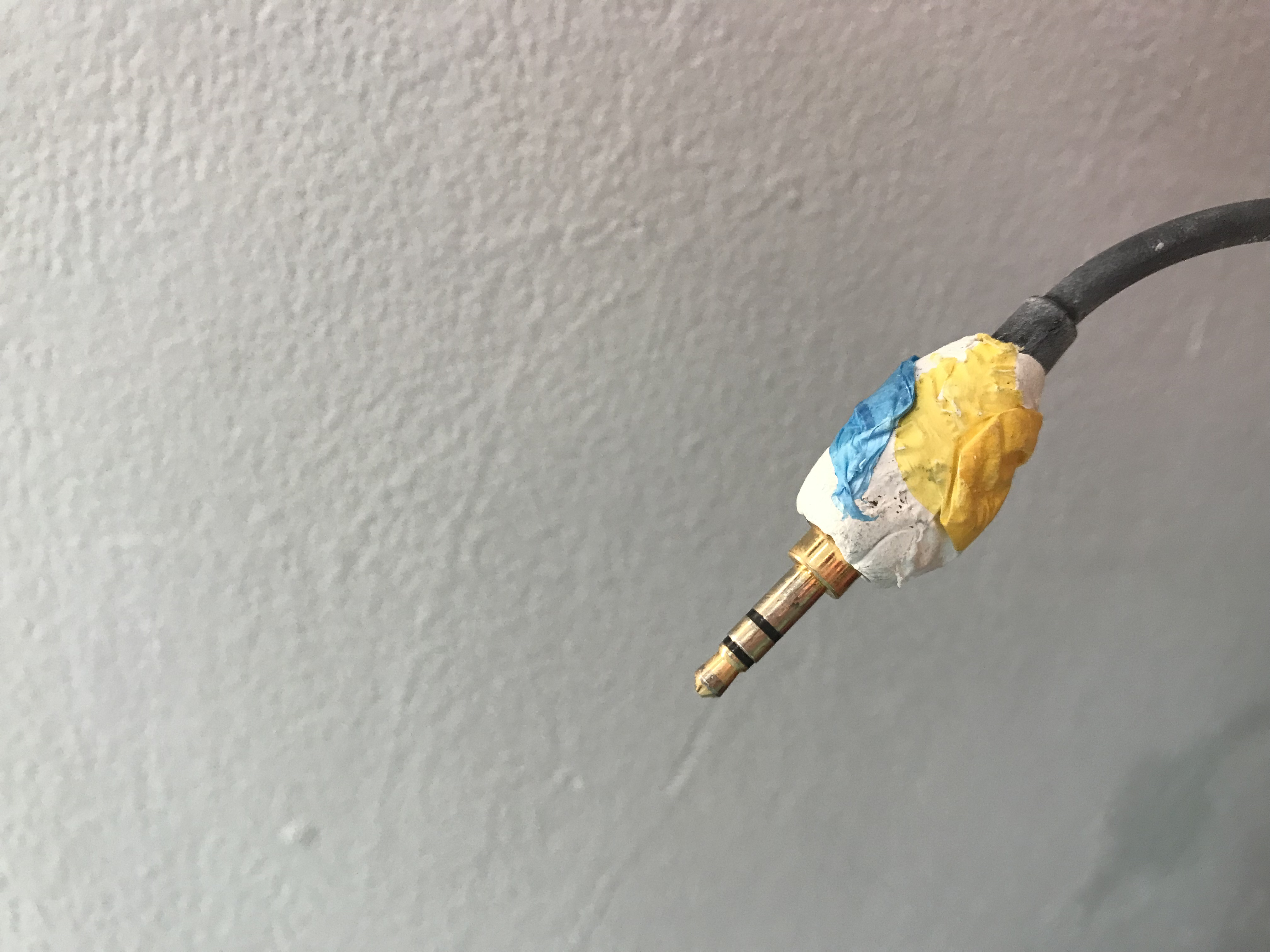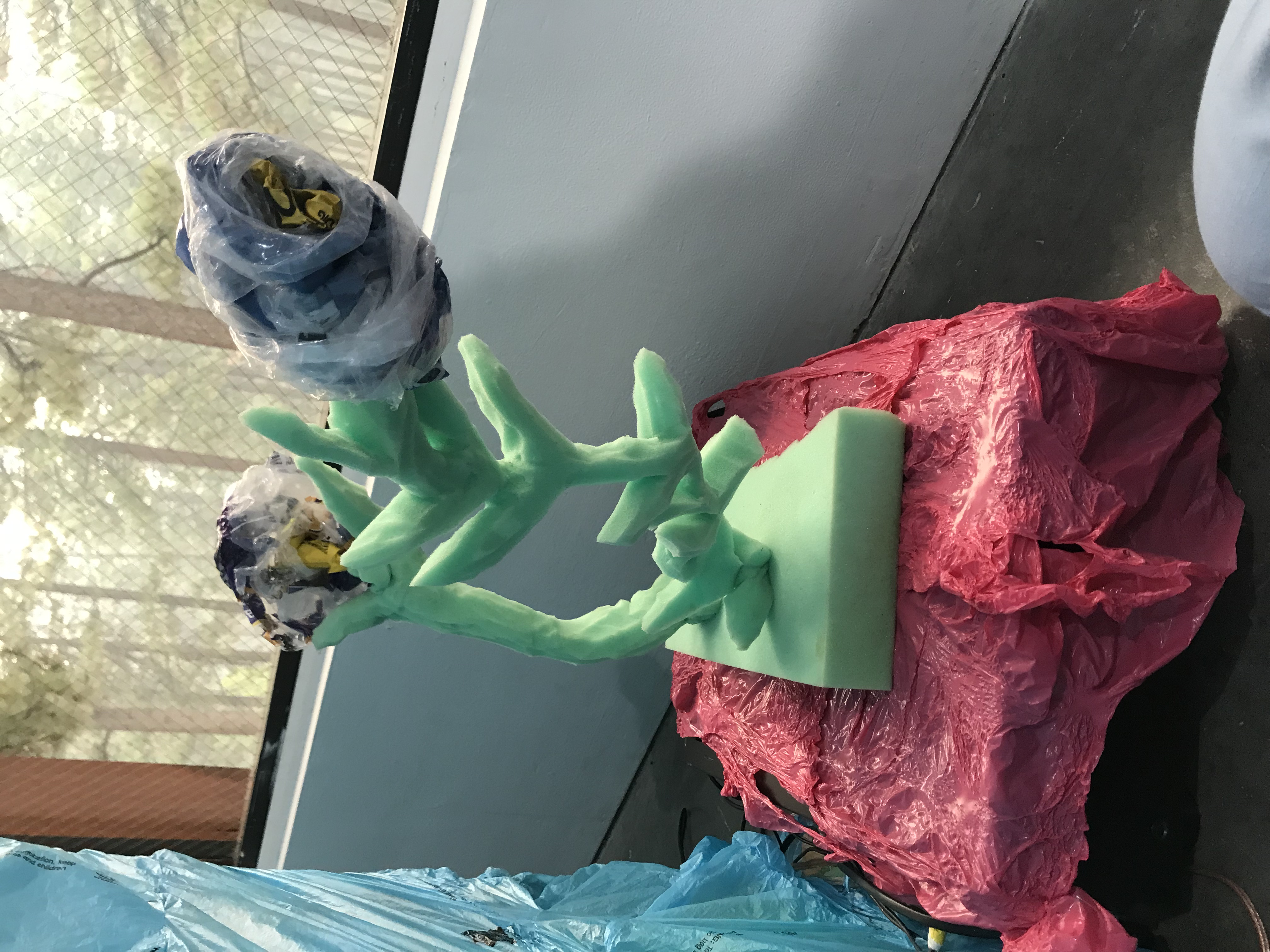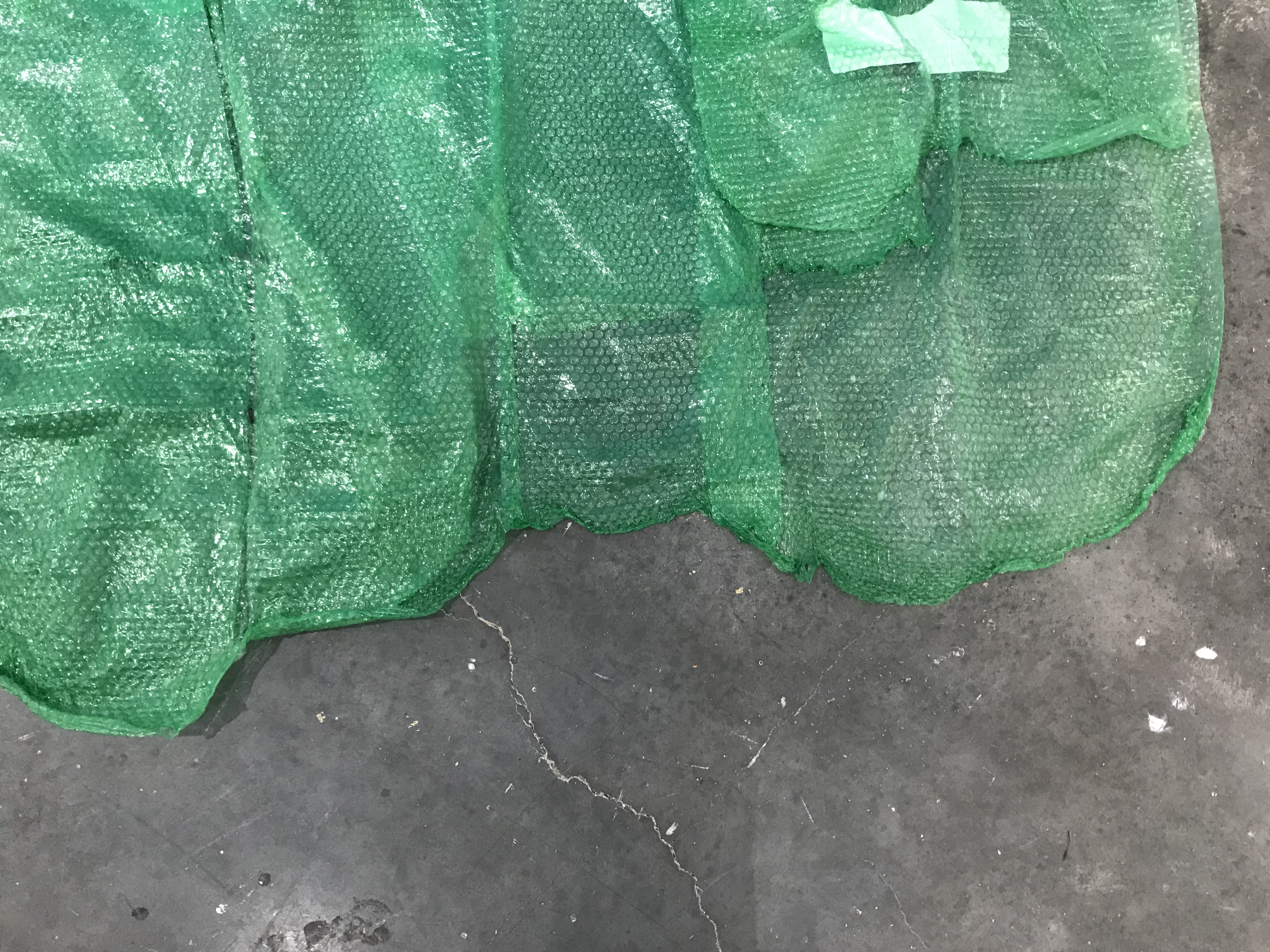CLOUDWATCHING:
A Space for Radical Reimagining
// Sierra Nevada University
August 2021








I am able to exist because of synthetic barriers. My experience is one in which plastic/oil based synthetics are integral; from birth they have sustained my existence. As a person with allergies to all natural fibers and proteins- trees, grasses, flowers, animals cause a reaction, often severe, in my skin and lungs. Without medications, which come in the form of plastic inhalers, plastic pill bottles, and metal and plastic sheets, I am not able to fight these reactions myself. All of the installation’s imitations of nature are “safe” for me- the opposite for the long-term sustainability of the things they mimic. My work investigates this imbalance necessary to my survival.
I understand my positioning as someone who simultaneously benefits from the existence of plastic, and someone who wishes it never was invented. It is inherent to my existence, and I to its. I find these concepts around plastic applicable to “hopeful nihilist” views of the future; combatting the knot of problems we are left to deal with as a result of the short-sightedness of white colonialist capitalism. I use a technique of melt-“quilting” technique to create large scale plastic “quilts” out of HDPE grocery bags; a reference to feedsack quilting, and the notion of quilts as building blocks of Americana. I am specifically queering the gendered (and not provable) tale of the log cabin quilt, wherein male family members build the log cabin, while female members make a log cabin quilt. This story participates in the sensationalized myth of toxic American manifest destiny.
Plastic being the great metaphor for capitalism, its lightweightness, cheapness, “durability,” hydrophobia and malleability outweighing the obvious needs of our planet; biodegradability, sustainability. Chemical additives are applied in the making of HDPE “to improve resistance to degradation by ozone, temperature, light, bacteria, humidity.” In making indestructible materials common, we have created a landfillocene. My use of disposable grocery bags highlights American waste addiction as another block in our foundation. Growing food, and food to feed animals we eat, accounts for 24% of global carbon emissions. I create the plastic sculptures quickly and without structured parts or plans, mimicking the systems which have allowed this material has come to be ubiquitous. The material is valuable to me for the same reasons it is valuable to capitalism- light, shippable, shrinkable. Commandable.
This piece engages electricity (another 25% of our carbon emissions) to play sound in the space. As the viewer moves through the space, the sound of their interaction with the plastics completes a soundscape. This sound consists of recordings of styrofoam and other synthetic materials and a wave noise machine. It is an imagining of a post-human future in which only the most adapted animals survive- bugs and birds that have absorbed our waste and microwaste, and “adapted” to a hotter Earth.
This installation is inspired by the format of a child’s early landscape drawing: a sun in the top corner, a blue sky, clouds, and flowers. I also teach art at various retirement homes, where a similar style of illustration occurs later in life, too. I find our cartesian impulse towards understanding and experiencing nature is reflected in this phenomenon of simplifying landscape.

